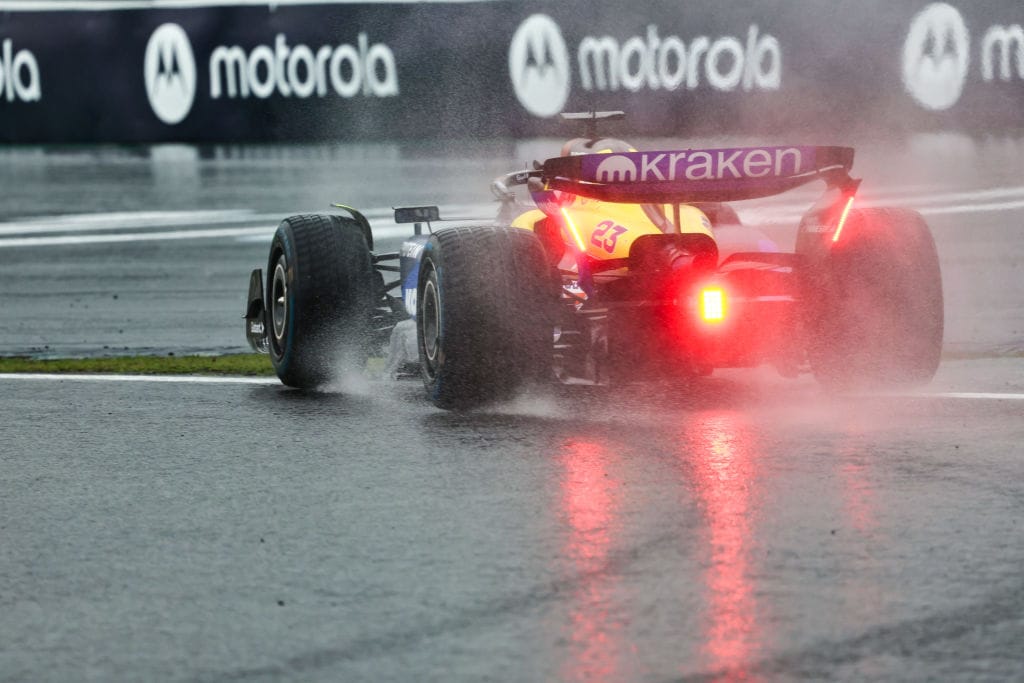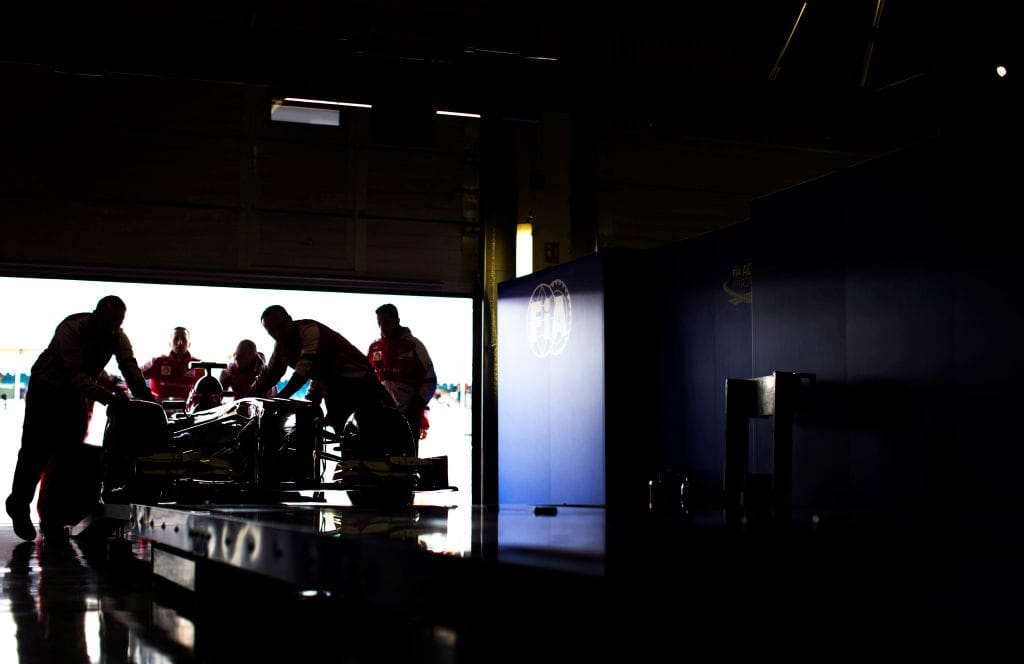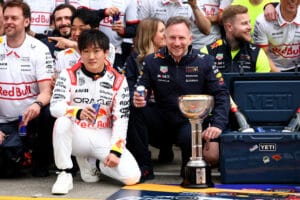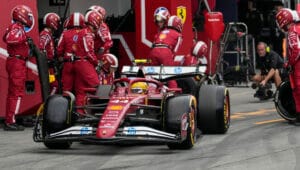The fastest point has been abolished, the mandatory deployment of young drivers has been doubled. Was that really necessary? In addition to the familiar tension that comes with the start of a new Formula 1 season, this year we are treated to a series of new rules. Rules that have already caused quite a stir. Justified, or merely a storm in a teacup? The fact is that they will come into effect at the start in Melbourne, so you need to know them. Here are the five most important changes for the new season.
Rule 1. Mandatory Deployment of Young Drivers: Doubled
From 2025, teams are required to deploy a young driver twice per season per car during free practice sessions, instead of once. With this rule, the FIA wants to give young talent more opportunities to develop in Formula 1. A noble endeavor, but for teams, it means that crucial testing moments have to be sacrificed for less experienced drivers. This carries risks, but also opens up a new strategic playing field: how do you use these mandatory test drives as smartly as possible? This adjustment could completely change the dynamics of a race weekend.
Rule 2. Introduction of Mandatory Driver Cooling Kits
From 2025, drivers are required to use cooling systems in the car at temperatures above 30.5 °C. This measure, which adds 5 kilograms to the minimum weight, is a response to extreme heat problems such as during the GP of Qatar in 2023. The goal is to improve the safety of drivers, especially as races are increasingly held in warm climates. Although such systems were already considered in 2005, the technology is now being used for the first time. For teams, this means a new challenge: finding a balance between aerodynamic performance and effective cooling. Who will play this game the best?
Rule 3: Abolition of the Point for the Fastest Race Lap
The extra point for the fastest lap will disappear this year – a rule that added a strategic element to the final stages of races since 2019. The FIA argues that the point had little influence on the championship, while it sometimes led drivers to take significant risks in the final laps. With the abolition, an era ends where drivers like Lewis Hamilton and Max Verstappen often contested the point with spectacular speed peaks in the final phase. Teams lose a tactical option, and fans lose a piece of spectacle. It raises the question again: is this new rule really progress?
Rule 4. Stricter Rules for the Starting Grid
The FIA does not want to see scenes like in São Paulo in 2024 again. During this Grand Prix, Alexander Albon‘s starting spot remained empty after a crash, even though it was known early on that he would not start. How does the FIA plan to solve this? From 2025, the final starting grid will only be determined one hour before the race. With the new rule, cars move forward if a team withdraws in time, eliminating empty spots. This should provide more clarity for teams and fans. Moreover, it could lead to unexpected shifts, such as a midfield team suddenly ending up on pole position. It promises an extra layer of tension at the start of the race.

Safer? Or More Exciting?
The new rules show that the FIA is trying to promote safety, young talent, and entertainment, but not without controversy. Which of these rules will have the greatest impact? One thing is certain: in a sport where every detail counts, these changes can make the difference between winning and losing.









